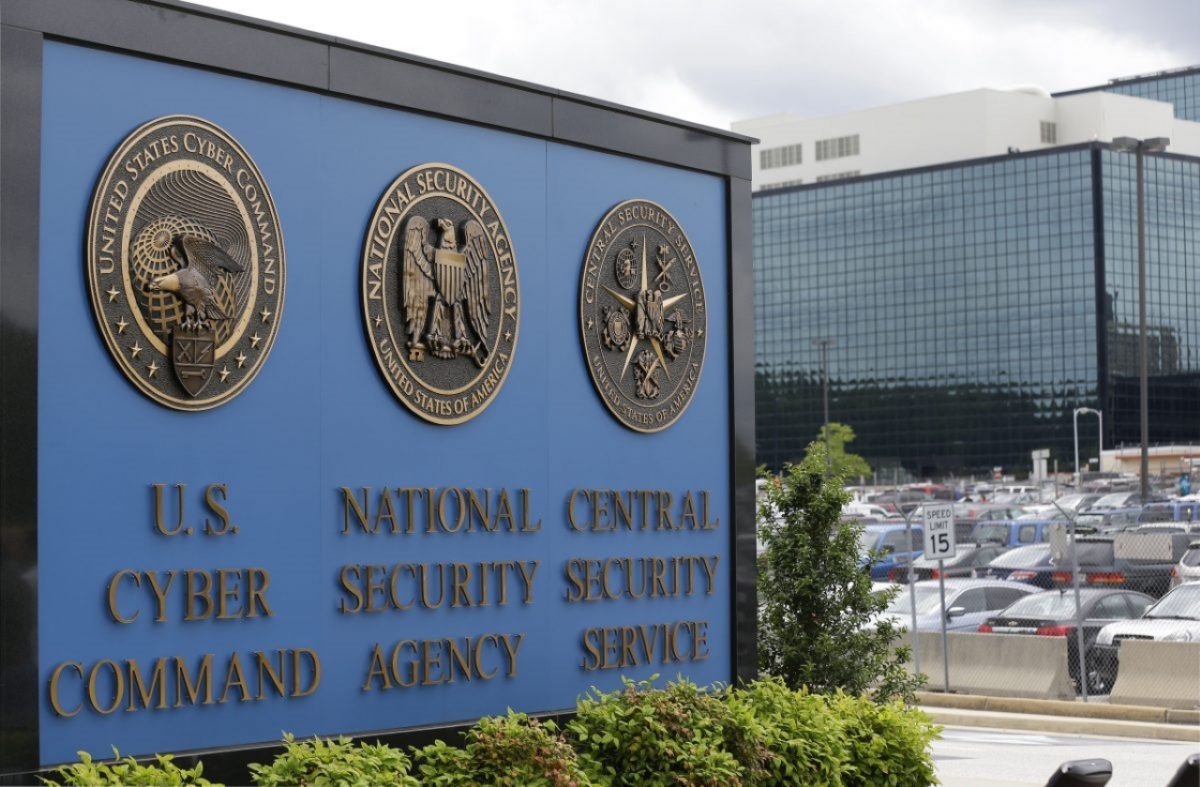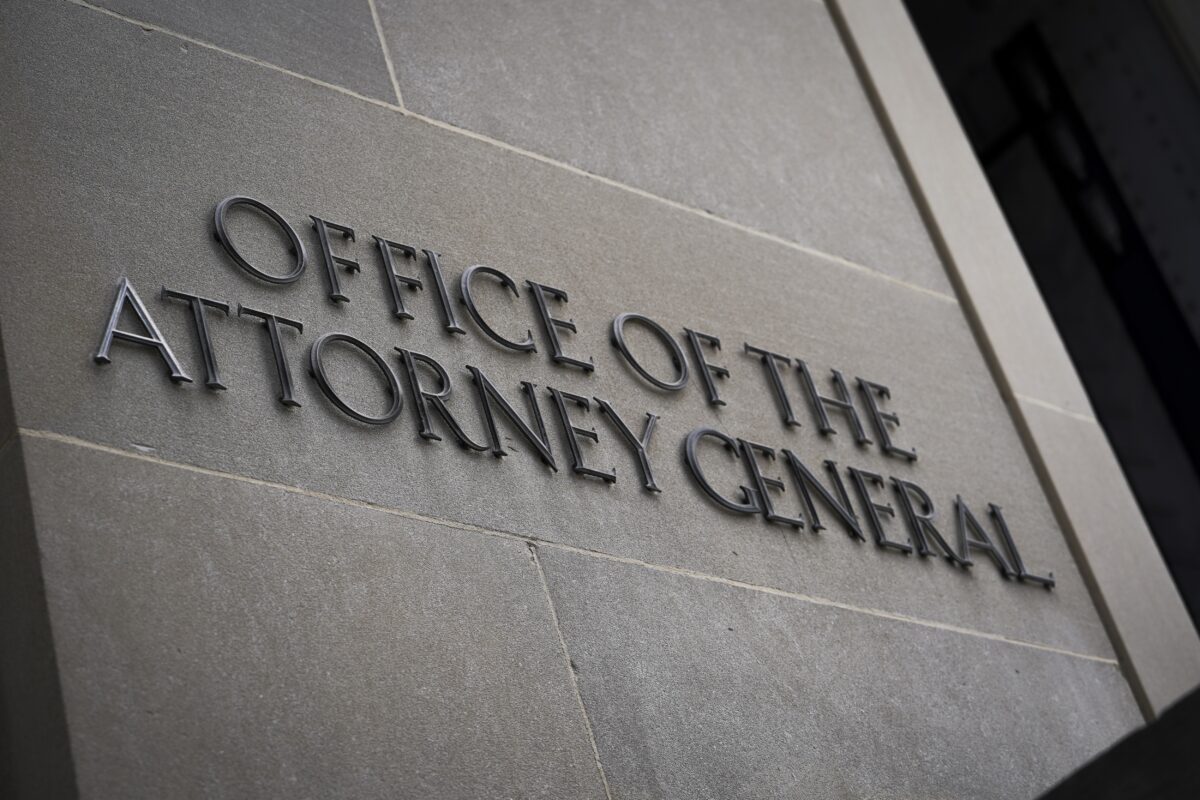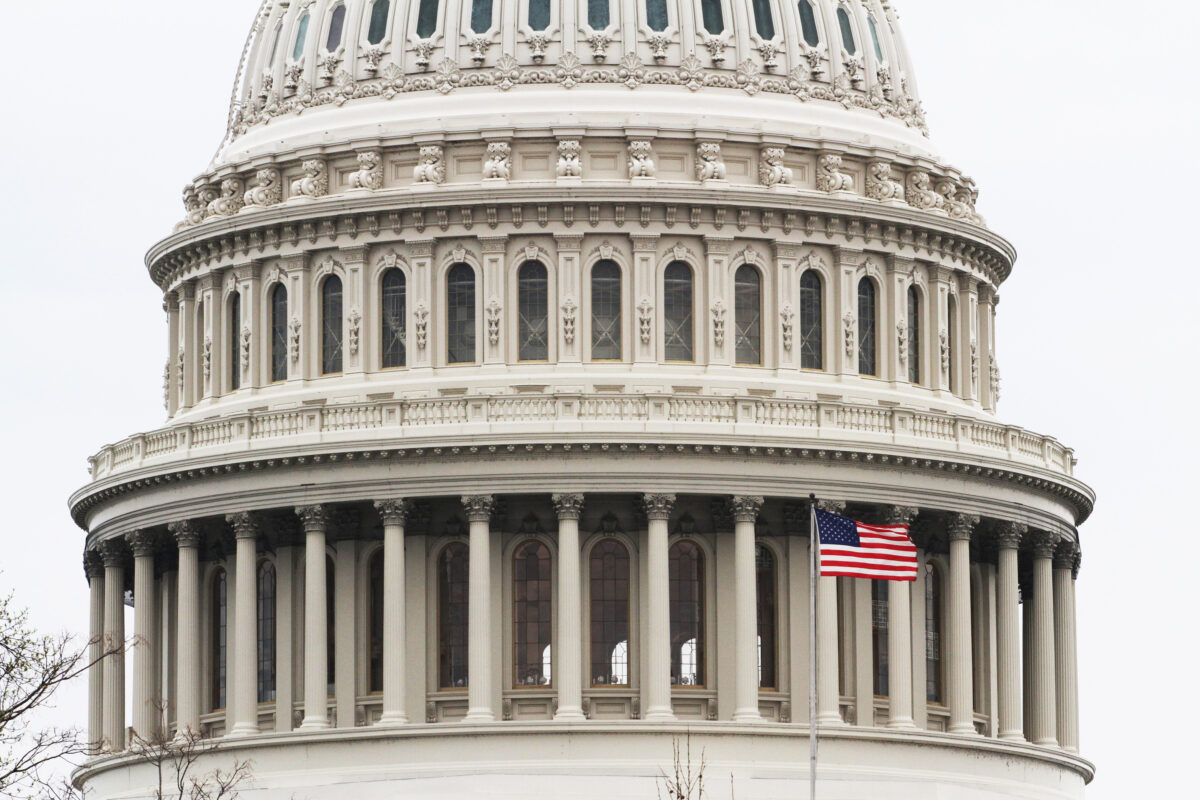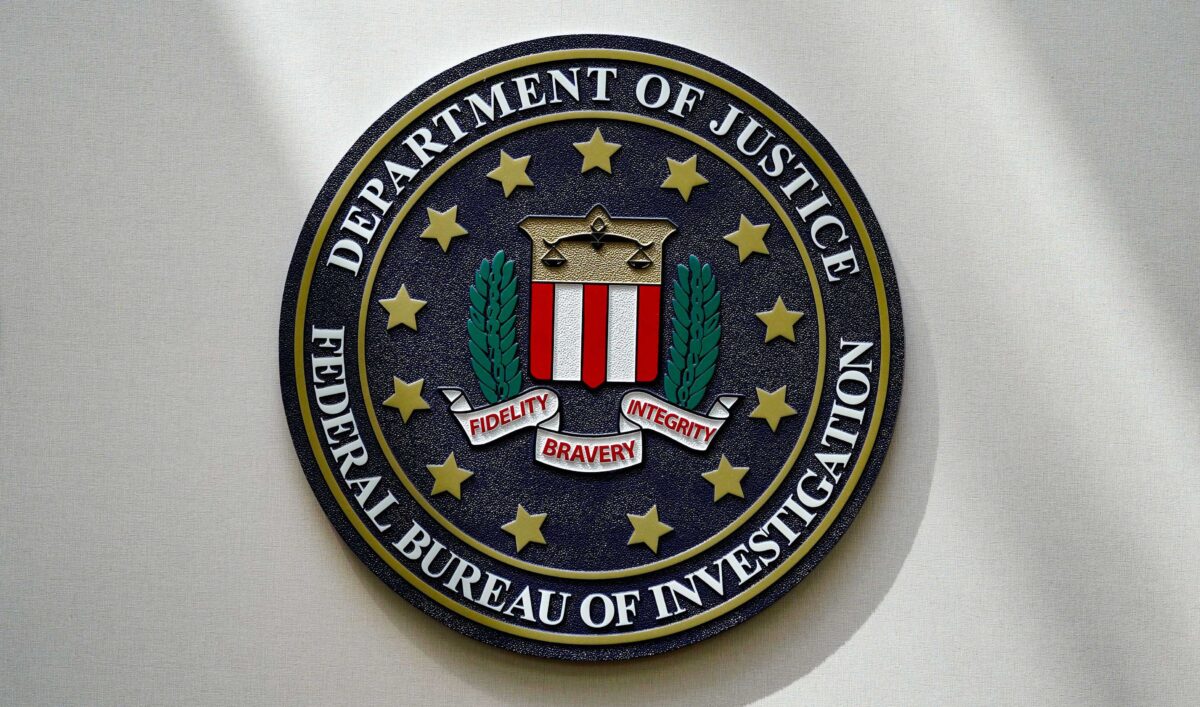FBI conducted as many as 3.4 million U.S. person queries of Section 702 data in one year and used FISA data in Jan. 6 investigations
News Analysis
The FBI’s use of warrantless “backdoor searches” of a vast amount of information known as the Section 702 database—which is intended for targeted surveillance of foreign persons located outside the United States—to spy on Americans is far more widespread than previously thought, according to a new report from the Office of the Director of National Intelligence (ODNI).
Section 702 is a key provision of the Foreign Intelligence Surveillance Act (FISA) that permits the government to conduct targeted surveillance of foreign persons located outside the United States and is supposed to prevent any surveillance of U.S. citizens.
This massive database contains emails, texts, and phone calls that come from the tech giants, but also comes from the backbone of the internet. It’s one of the most powerful collection and surveillance tools that the Intelligence Community has.
The report revealed that the FBI performed up to 3.4 million U.S. person queries of Section 702 data in 2021 alone. By contrast, the CIA and National Security Agency (NSA) combined ran fewer than 4,000 searches. The DNI was obviously reluctant to reveal this information, listing it as “fewer than 3,394,053 searches,” and also went to great effort to explain why this number might be inflated, telling us that the FBI might run multiple searches or queries on the same individual.
The DNI also tried to emphasize that the number of searches was down substantially from the only prior data we have—1.3 million searches that occurred in the last three months of 2020, translating to a backward-looking run rate well in excess of 5 million.
The FBI has routinely misused this powerful surveillance tool. For example, the bureau was recently cited by the FISA court for, among many other violations, illegally using Section 702 surveillance to collect information on individuals associated with events at our Capitol on Jan. 6, 2021.
This ongoing misuse of Section 702 information was so “persistent and widespread,” the secret court noted, that “It may become necessary to consider other responses, such as substantially limiting the number of FBI personnel with access to unminimized Section 702 information.” House Intelligence chair Rep. Mike Turner (R-Ohio) responded to testimony from FBI Director Christopher Wray on the matter by saying, “the FBI is absolutely the problem child in FISA and 702. The abuses are abhorrent.”
Most Section 702 collection involves downstream collection, in which U.S. intelligence agencies go directly to companies such as Google and Facebook and force the companies to turn over communications to and from identified targets.
These companies are prohibited from telling their users that their data has been turned over to the government. The information returned from these searches can also be alarmingly broad.
NSA slides leaked by former contractor Edward Snowden provided examples of the kinds of communications that can be collected under Section 702. They include a broad array of online activities, including emails, video and voice chats, posted videos and video conferences, Voice over internet, photos, file transfers, account activities such as logins, details about social networking accounts, and “special requests” which those leaked slides disturbingly don’t define.
However, some of NSA’s Section 702 collection is obtained via “upstream” collection, in which the NSA obtains communications directly from the Internet backbone, with the compelled assistance of companies that maintain those networks.
In simple language, upstream surveillance means the NSA effectively taps into the high-capacity fiber optic cables that carry internet traffic and copy all of the data flowing through those cables. The agency is then supposed to filter out any communications that are “wholly domestic” communications between Americans located in the U.S.

Once the NSA has supposedly filtered out domestic communications, the NSA can then search the data using queries on a target of Section 702 collection. There are, however, several important exceptions. And, as we already know, there are numerous violations of the government’s handling of this information.
Here’s how intelligence is supposed to be collected under Section 702. An analyst identifies a specific selector such as a name, an email, or a phone number relating to a foreign target they’re after. Information on the person linked to that selector is then returned by the system to the analyst.
There are then three criteria that the analyst must ascertain before that information can be used. First, the target must be a non-U.S. person. Secondly, they must be located outside of the United States. And finally, the information returned must contain foreign intelligence. Once the analyst completes the targeting request, it is then supposedly checked by a senior analyst and double-checked by another senior analyst to ensure that these three criteria are met.
There’s also supposed to be rigorous and ongoing oversight of the government’s use of Section 702 by various branches of the government.
Unknown to most people, the FBI has an added power of surveillance that’s unavailable to other government agencies. As the new DNI report notes, the “FBI is the only intelligence agency with Section 702 querying procedures” that allow for searches that are “reasonably likely to retrieve evidence of a crime.”
In other words, the intelligence agencies legally “can only query Section 702 information if the search is reasonably likely to retrieve foreign intelligence information.”

But the FBI can also legally use search queries to identify evidence of a crime. This is an extraordinarily wide allowance. A recently declassified FISA court ruling noted that across the FBI, there have been queries of raw or unredacted FISA information “without a factual basis to believe the search was likely to return either foreign intelligence information or evidence of a crime.”
It’s this misuse of Section 702 by the FBI that was recently noted in several major articles by The Washington Post and The New York Times—although these articles leave out the biggest findings.
The FISA court called the actions by the FBI an ongoing “pattern of conducting broad, suspicionless queries … of unminimized section 702 information.” The FISA court stated that there were “In excess of 278,000 non-compliant FBI queries of raw FISA acquired information.”
This information collection covered a wide spectrum of activities unrelated to national security or foreign intelligence, including queries that involve “Individuals listed in Police Homicide reports, including victims, next of kin, witnesses, and suspects.”
The FBI also searched for “Individuals arrested in connection with civil unrest and protests between May 30th and June 18th, 2020.” The NSD concluded these queries were illegal and not reasonably likely to retrieve foreign intelligence information or evidence of a crime.
The FISA court also cited an instance in which an FBI analyst ran “queries of individuals suspected of involvement in the Jan. 6, 2021, Capital breach.” The court noted that “ the analyst said she had run thousands of names within FBI systems in relation to the capital breach investigation.”
In another violation noted by the court, an FBI official ran “approximately 23,132 separate queries” regarding the events of Jan. 6, 2021. In another more specific instance, an officer ran queries for a person under investigation for assaulting a federal officer in connection with Jan. 6.
The FBI stated that they viewed the situation “as a threat to National Security” as justification for the searches. The NSD, however, disagreed, concluding that these searches by the FBI were illegal.
There were other illegal searches related to Jan. 6 as well, including illegal searches by the FBI relating to individuals who were under criminal investigation regarding events that day.
In many of these cases, it appears that the FBI was operating under a false pretense of “Possible foreign influence” and “ National Security risks.” All of these searches were also found to be illegal by the court. In relation to searches related to Jan. 6, it appears that agents were fabricating foreign influence concerns and unsubstantiated risks to National Security in an attempt to provide cover, so that they could conduct illegal searches and surveillance on U.S. citizens.
In a separate instance, an FBI official “conducted a batch query for over 19,000 donors to a congressional campaign.” According to the FISA court’s report, the analyst claimed without proof that the campaign was a target of foreign influence, but it was later determined that only eight of the identifiers used in the query—names, phone numbers, and emails—had sufficient ties to foreign influence activities to comply with the standard.
In other words, without any proof or legal basis, searches were run on 19,000 donors—the vast majority of whom were U.S. citizens—simply by claiming that the congressional campaign was a target of foreign influence.

Despite repeated requests by Congress that date back to at least 2011, the FBI has been “unable” to provide the number of searches it conducted on Americans using unminimized Section 702 collection.
In response to these refusals by the FBI, Congress passed a law in 2018 requiring that the FBI begin keeping records of its searches of U.S. persons. The FBI stonewalled Congress for more than two years but finally began keeping the required records sometime in 2020 after the FISA court rejected all of the bureau’s arguments.
Meanwhile, the DNI report fails to even mention how many of these searches by the FBI were “done in error,” or, in other words, illegally. Rep. Matt Gaetz (R-Fla.) asked about that during recent testimony by Justice Department Inspector General Michael Horowitz.
When asked by Gaetz what the error rate of the “3.4 million backdoor searches” was, Horowitz responded by saying he believed the error rate was “around 30 percent.” As Gaetz noted, that would amount to more than 1 million illegal searches. Gaetz then asked Horowitz how many people in the FBI could perform these “backdoor searches.”
Horowitz wasn’t entirely sure, but when Gaetz told Horowitz he believed the number was in excess of 10,000 FBI officials who had access, Horowitz said he didn’t disagree with Gaetz’s assessment.
There’s also a significant legal carveout known as incidental collection, which is used heavily by the FBI.
Incidental collection happens when information on U.S. citizens is swept up in the collection of foreign targets. It typically occurs when an individual is in contact with the target of surveillance and it’s far more common than generally thought.
As noted by Just Security, “incidental collection happens over the course of most surveillance, whether it is targeted surveillance under traditional FISA authorities, or it’s a large-scale surveillance pursuant to section 702 whereby vast amounts of Americans Communications are swept up by the NSA.”
Any American citizens that are swept up in incidental collection are supposed to have their names redacted or masked but often, that’s not the case.
As it turns out, there are two loopholes. Names of American citizens can be left unredacted if it’s “believed” that doing so provides foreign intelligence value. Additionally, if the analyst reviewing the information believes that those communications may contain evidence of any crime, those communications can be shared with law enforcement agencies, including the FBI.
Those agencies can then use that information to prosecute crimes, even if those crimes are completely unrelated to the purpose of the original surveillance.

There is no judge involved in these decisions, only a determination by the analyst that the collection and dissemination of the information is worthwhile.
Then, there’s the tactic known as reverse targeting, which happens when someone in the intelligence community targets a foreign person located outside of the United States specifically for the purpose of surveilling a U.S. citizen within the United States with whom they are communicating.
This tactic is technically illegal, but misuses by government agencies still occur. Consider what happened to Tucker Carlson. In June 2021, Carlson told his audience that he believed the government was spying on him as part of an effort to take his show off the air.
He said that a whistleblower in the NSA had tipped him off that the agency was planning to leak emails and texts to get him off the air. The NSA responded to the allegations saying that Carlson has “never been an intelligence target of the agency.” Note that the carefully worded statement doesn’t deny that the communications were incidentally collected or were the subject of reverse targeting.
As it turns out, Carlson was talking to U.S.-based Kremlin intermediaries about getting an interview with Vladimir Putin at the exact same time that he claimed his communications were intercepted. It’s all but certain that the political talk show host was correct in his assertions.
The government repeatedly tells us how valuable Section 702 is, claiming that it’s vital to keeping our nation safe, and that it provides intelligence on activities of terrorist organizations, weapons proliferators, spies, malicious cyber actors, and other foreign adversaries.
Director of the National Security Agency Paul Nakasone recently said that Section 702 “ plays an outsized role in protecting the nation, providing some of the U.S. government’s most valuable intelligence on our most challenging targets.”
The government goes to great lengths to assure us that the system isn’t being abused and that American citizens aren’t being targeted by the Intelligence Community. However, it appears there’s virtually no accountability in how the Section 702 database—one of the most powerful collection tools that the Intelligence Community has—is used.

















































